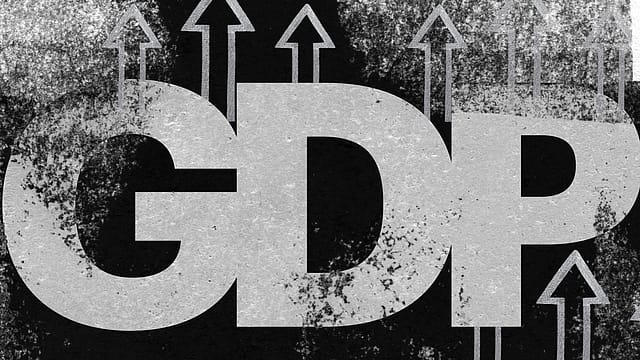India’s GDP to grow 6.6% in FY25: Deloitte
ADVERTISEMENT

India's GDP growth for the current fiscal year is estimated to stand at 6.6%, according to Deloitte India. This growth is due to increased consumer spending, a rebound in exports, and capital inflows. The firm's economic outlook report highlighted the expansion of the middle-income group, resulting in higher purchasing power and a surge in demand for luxury goods and services. It anticipates that by 2030/31, half of India's households will fall into the middle-to-high-income bracket, further boosting consumer spending.
Deloitte predicts GDP growth rates of approximately 6.6% for FY 2024-25 and 6.75% for the subsequent year, factoring in geopolitical uncertainties that may affect investment and consumption decisions globally.
Rumki Majumdar, Economist at Deloitte India, says, “The global economy is expected to witness a synchronous rebound in 2025 as major election uncertainties get sorted out and the central banks of the West may announce a couple of rate cuts later in 2024. India will likely see improved capital flows and a rebound in exports”
“Strong growth numbers over the past two years have helped the economy to catch up with the pre-COVID trends. Investment, backed by strong government spending on infrastructure, has helped India maintain a steady recovery momentum,” Majumdar adds.
However, concerns remain regarding inflation and geopolitical tensions, which could drive up food and fuel prices. On a positive note, an above-normal monsoon is predicted to boost agricultural output, easing food price pressures. Inflation is expected to stay above the (RBI) Reserve Bank of India's target of 4%, driven by robust economic activity.
January 2026
Netflix, which has been in India for a decade, has successfully struck a balance between high-class premium content and pricing that attracts a range of customers. Find out how the U.S. streaming giant evolved in India, plus an exclusive interview with CEO Ted Sarandos. Also read about the Best Investments for 2026, and how rising growth and easing inflation will come in handy for finance minister Nirmala Sitharaman as she prepares Budget 2026.
To sustainably boost household spending amid wealth concentration and rising debt levels, Deloitte recommended measures such as creating more employment opportunities in rural and semi-urban areas and investing in skill enhancement and health initiatives.
“Increasing employment opportunities in rural and semi-urban areas could elevate savings, particularly as employment transitions from agriculture, which represents 44% of employment but only about 18% of GDP, to sectors like manufacturing, services, and construction,” it states.
However, the firm also stressed the need for prudent credit growth management to avoid escalating household debt.
“Despite the necessity for credit growth to stimulate economic activity, the RBI will have to monitor rising household debt and encourage banks to leverage data analytics for smarter lending decisions. Additionally, the potential over-reliance on fintech for loans requires regulatory oversight, prompting the RBI to propose a Fintech Innovation Hub by April 2024 to ensure better lending transparency,” the report adds.
